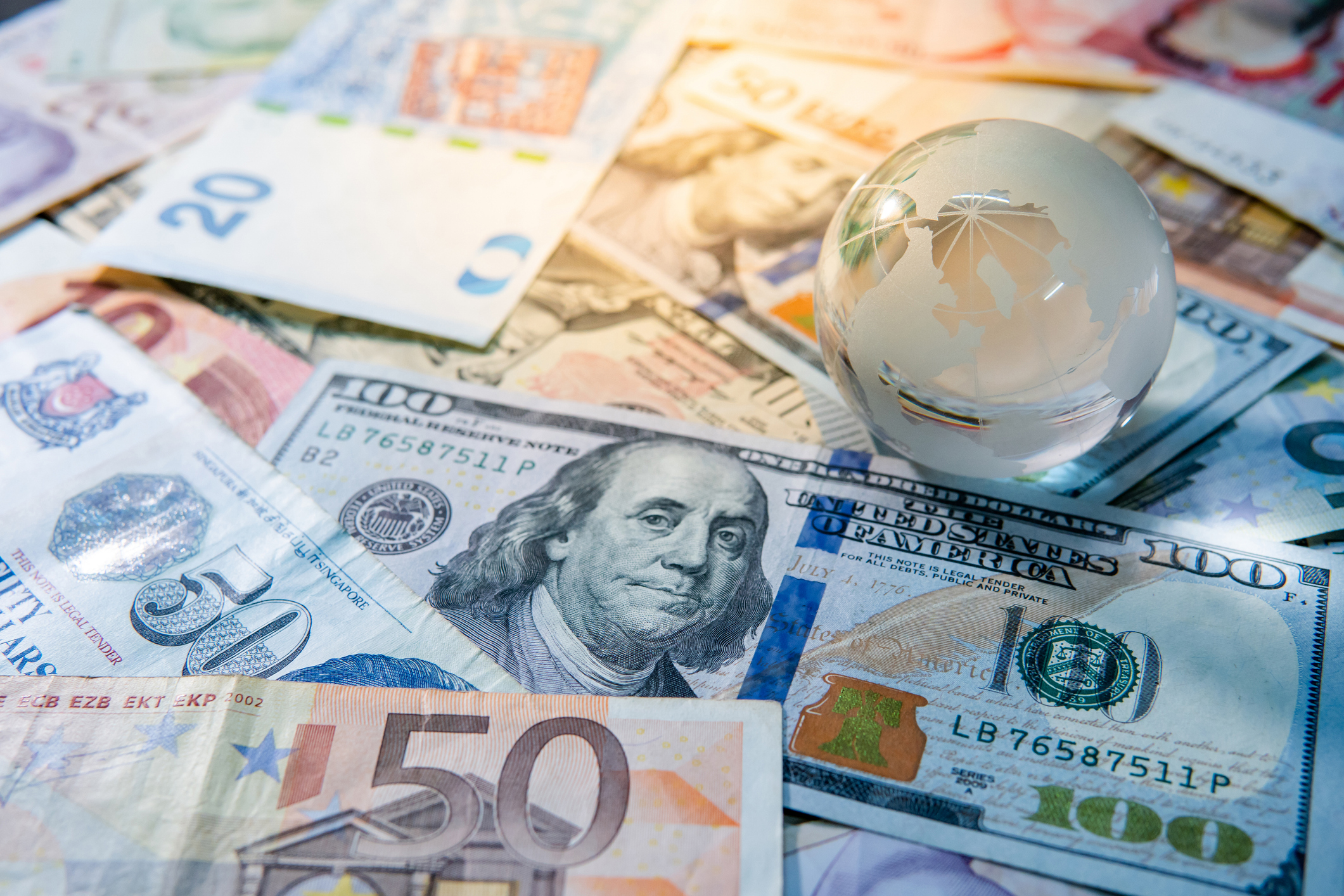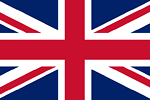Geopolitics, Monetary Policy, and Market Reactions
The Week in Review
This week was marked by a mix of geopolitical escalations and monetary policy signals, with economic data releases and diplomatic developments shaping markets from London to Beijing. Here’s your comprehensive overview of what moved the world this week.
United Kingdom: Growth Green Shoots & Political Tensions
The UK economy showed signs of resilience, with the latest GDP figures revealing 0.4% growth in Q1 2025, surprising analysts and slightly boosting sterling. While inflation remains above the BoE’s 2% target, the recent 25bps base rate cut to 4.75% appears to be providing support to businesses and consumers alike.
However, political instability resurfaced as divisions over post-Brexit regulatory divergence created renewed tensions within the Conservative Party, fuelling speculation of a possible cabinet reshuffle ahead of summer.
The FTSE 100 ended the week up 0.8%, driven by gains in real estate and banking stocks.
United States: Inflation Mixed, Markets Eye Fed
In the U.S., the latest CPI print showed a year-on-year increase of 3.3%, down from 3.5% last month, offering cautious optimism that inflationary pressures are slowly abating. Core inflation also ticked slightly lower.
Federal Reserve Chair Jerome Powell maintained a hawkish stance, stating that while inflation is easing, it’s not yet enough to justify immediate rate cuts. Markets are now pricing in a potential cut for September, though futures remain volatile.
Tech earnings continued to lead gains, with Nvidia and Alphabet outperforming. The S&P 500 closed up 1.2%, its third consecutive weekly rise as of today.
On the geopolitical front, U.S.–China trade talks resumed quietly in Geneva, though no breakthroughs were reported. China has been accused of sending junior representatives without the capacity to agree to any terms at the meeting.
Europe: ECB Holds Steady, Growth Divergence Widens
The European Central Bank (ECB) held rates at 4.0% this week but strongly hinted at a possible cut in June, citing easing inflation and slowing credit growth. ECB President Christine Lagarde said the governing council is “increasingly confident” that disinflation is taking hold.
Germany reported flat industrial production, while France posted better-than-expected consumer spending, highlighting the ongoing divergence in recovery paths across the bloc.
The Euro Stoxx 50 gained 0.6%, though Italian bonds came under pressure amid renewed deficit concerns.
Asia: China Stimulus Watch & Japan GDP Disappointment
China’s politburo signalled fresh economic support, prompting a rally in Chinese equities. While no specific stimulus measures were announced, expectations are building for a policy package focused on infrastructure and housing.
Meanwhile, Japan’s economy contracted by 0.3% in Q1, driven by weaker exports and consumer spending. The yen fell to a new 34-year low against the dollar, increasing speculation around possible intervention by the Bank of Japan. This morning, Japan stated that they will hold out from agreeing any trade deal with the US until better terms are reached.
During this week’s high-profile meetings in Saudi Arabia, President Donald Trump and Crown Prince Mohammed bin Salman announced a substantial $600 billion Saudi investment commitment to the United States, encompassing sectors such as defence, artificial intelligence, and infrastructure. A significant component of this package is a $142 billion arms deal, marking the largest defence sales agreement in U.S. history.
In a notable diplomatic development, President Trump declared the lifting of all U.S. sanctions on Syria, following a meeting with Syrian President Ahmed al-Sharaa. This move aims to support Syria’s reconstruction efforts and encourage regional stability.
The summit also focused on strengthening the strategic partnership between the Gulf Cooperation Council (GCC) countries and the United States, emphasising collective action to bolster regional security and economic development.
This week, during a business forum in Doha, former U.S. President Donald Trump claimed that India had offered to eliminate tariffs on American goods as part of ongoing trade negotiations. Trump stated, “India has offered us a deal where basically they are willing to literally charge us no tariff,” suggesting a significant shift in India’s trade policy. However, Indian External Affairs Minister S. Jaishankar refuted this assertion, emphasising that while discussions are progressing, no definitive agreements have been reached. He remarked, “Nothing is decided till everything is,” highlighting the complexity of the negotiations and the need for mutual benefit.
Tensions remain elevated in the South China Sea, with joint U.S.–Philippines military drills continuing through the week.
Oil: Prices Steady Despite Geopolitical Risks
Oil prices remained relatively stable this week, with Brent crude ending at $83.50 and WTI at $79.90. Despite ongoing geopolitical tension in the Middle East and South China Sea, supply forecasts remained unchanged, helping anchor prices.
The International Energy Agency (IEA) revised its global demand forecast marginally lower, citing weaker-than-expected industrial activity.
Meanwhile, OPEC+ officials hinted at maintaining output levels during their upcoming June meeting, dampening speculation about production cuts.
Gold: Retreats Slightly Amid Risk-On Sentiment
Gold prices slipped 0.9% on the week, retreating from recent highs as investors rotated into equities amid improving macro sentiment.
The price of spot gold closed at $2,328/oz, while silver remained resilient, buoyed by increased industrial demand from Asia.
Still, geopolitical uncertainty – particularly in Eastern Europe and the Taiwan Strait – continues to lend gold a strong floor, with traders keeping a close eye on global flashpoints.
Final Takeaway
This week highlighted the delicate balance central banks are trying to strike between supporting growth and curbing inflation, while geopolitical flashpoints continue to shape investor sentiment. With central bank decisions looming in June and global negotiations ongoing, markets remain in a watchful but cautiously optimistic stance.








